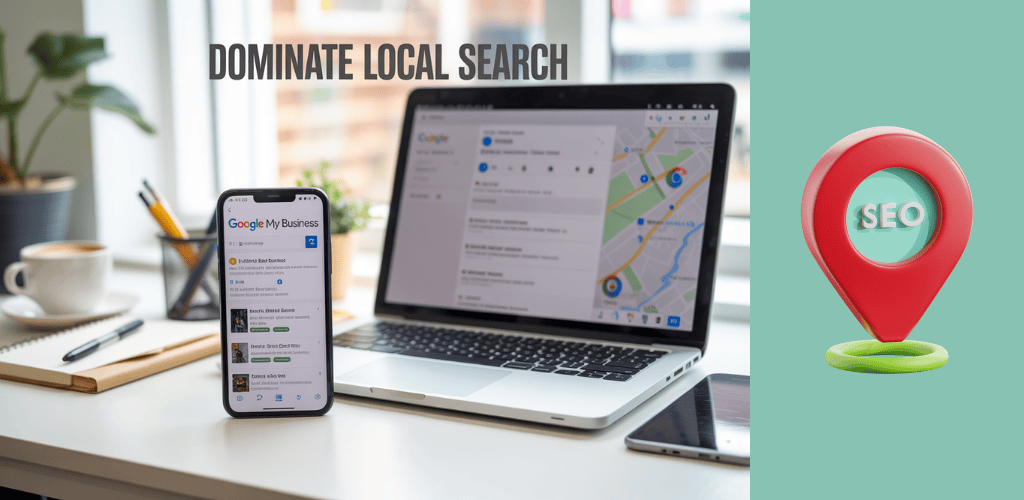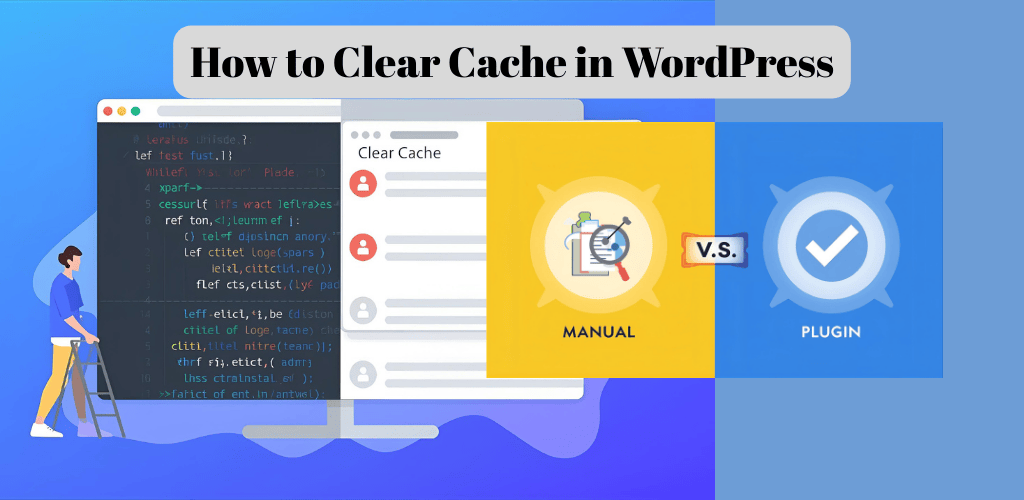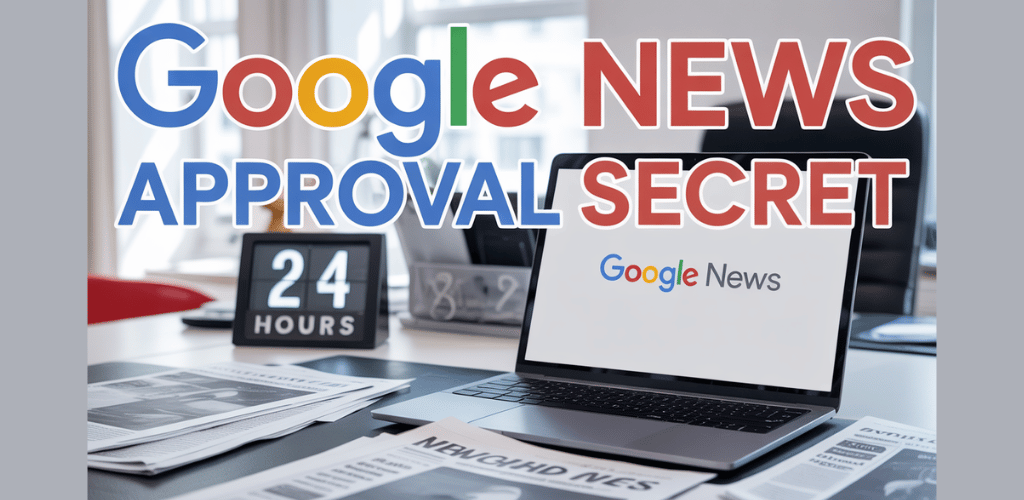Table of Contents
- Introduction
- What is PPC?
- How does PPC advertising work?
- What is Google Ads?
- How PPC works in Google Ads
- How to do PPC with Google Ads
- How to do effective PPC keyword research
- Free Google Ads Performance Grader
- Conclusion
Introduction
Are you tired of pouring money into advertising without seeing results? Imagine a world where you only pay when potential customers actually click on your ad. That’s the power of Pay Per Click (PPC) advertising, and it’s revolutionizing the way businesses reach their target audience online.
In today’s digital landscape, standing out from the crowd is harder than ever. But with PPC, you can cut through the noise and put your message directly in front of the people who matter most. Whether you’re a small startup or a multinational corporation, PPC can level the playing field and help you compete with the big players in your industry.
Ready to unlock the potential of PPC and supercharge your online marketing efforts? In this comprehensive guide, we’ll dive deep into the world of Pay Per Click advertising, exploring everything from the basics of how it works to advanced strategies for maximizing your ROI. Let’s embark on this journey to PPC mastery, starting with the fundamental question: What exactly is PPC?
What is PPC?
Pay Per Click (PPC) is a digital advertising model where advertisers pay a fee each time their ad is clicked. It’s a way of buying visits to your site, rather than attempting to “earn” those visits organically through search engine optimization (SEO).
PPC is one of the most popular forms of online advertising, primarily because:
- It’s cost-effective: You only pay when someone clicks on your ad
- It’s measurable: You can track performance metrics easily
- It’s targetable: You can reach specific audiences based on various criteria
- It’s fast: You can start driving traffic to your site almost immediately
PPC vs SEO
While both PPC and SEO aim to increase website traffic, they differ in several ways:
| Aspect | PPC | SEO |
|---|---|---|
| Speed | Immediate results | Takes time to show results |
| Cost | Pay for each click | Free organic traffic |
| Sustainability | Stops when you stop paying | Long-term benefits |
| Control | High control over targeting | Less control over who sees your content |
Types of PPC Advertising
- Search ads
- Display ads
- Social media ads
- Remarketing ads
PPC is not about “earning dollars by clicking ads” as a user. Instead, it’s a strategy for businesses to attract potential customers. Understanding the difference between PPC, SEM (Search Engine Marketing), and SEO is crucial for developing a comprehensive digital marketing strategy.

How does PPC advertising work?
PPC advertising operates on a simple principle: advertisers pay only when users click on their ads. This model offers a cost-effective way to reach potential customers and drive targeted traffic to websites. Here’s a breakdown of how PPC advertising works:
Auction-Based System
PPC platforms like Google Ads use an auction-based system to determine which ads appear and in what order. Advertisers bid on specific keywords relevant to their business. When a user searches for these keywords, the auction process begins.
Factors Influencing Ad Placement
Several factors determine ad placement:
- Bid amount
- Ad quality and relevance
- Expected click-through rate (CTR)
- Landing page experience
Ad Rank and Cost Per Click
The combination of these factors determines an ad’s Ad Rank, which influences its position on the search results page. The actual cost per click (CPC) is calculated based on the Ad Rank of the advertiser below you and your Quality Score.
| Factor | Impact on Ad Performance |
|---|---|
| Bid Amount | Higher bids increase chances of ad display |
| Ad Quality | Better quality ads improve positioning |
| CTR | Higher CTR leads to better ad placement |
| Landing Page | Relevant landing pages boost ad performance |
PPC vs SEO
While both PPC and SEO aim to improve online visibility, they differ in approach and results:
- PPC offers immediate results but requires ongoing investment
- SEO provides long-term benefits but takes time to show results
- PPC allows precise targeting, while SEO relies on organic search behavior
Understanding these differences helps businesses decide which strategy best suits their goals and resources.
Now that we’ve covered how PPC advertising works, let’s explore one of the most popular PPC platforms: Google Ads.

What is Google Ads?
Google Ads, formerly known as Google AdWords, is the flagship pay-per-click (PPC) advertising platform developed by Google. It allows businesses to create and display ads across Google’s vast network, including search results pages, YouTube, and partner websites. As a key player in the digital advertising landscape, Google Ads is an essential tool for businesses looking to increase their online visibility and drive targeted traffic to their websites.
Key Features of Google Ads
- Diverse Ad Formats
- Precise Targeting Options
- Flexible Budgeting
- Performance Tracking
Google Ads offers a variety of ad formats to suit different marketing objectives:
- Search ads
- Display ads
- Video ads
- Shopping ads
- App promotion ad
One of the platform’s strengths is its advanced targeting capabilities, allowing advertisers to reach specific audiences based on factors such as:
| Targeting Option | Description |
|---|---|
| Keywords | Show ads to users searching for specific terms |
| Demographics | Target based on age, gender, income, etc. |
| Location | Reach users in specific geographic areas |
| Interests | Display ads to users with particular interests |
| Behavior | Target users based on their online activities |
With Google Ads, businesses can set their own budgets and adjust them at any time, making it an accessible option for companies of all sizes. The platform’s robust analytics and reporting tools provide valuable insights into ad performance, helping advertisers optimize their campaigns for better results.
How PPC works in Google Ads
Google Ads, the most popular platform for pay-per-click (PPC) advertising, operates on a sophisticated auction system. Understanding this process is crucial for maximizing your advertising efforts and budget.
The Google Ads Auction Process
- Advertisers bid on keywords
- Google evaluates ad quality and relevance
- Ad Rank is calculated
- Highest-ranking ads are displayed
When a user searches on Google, the auction process begins instantly. Advertisers compete for ad placement based on their bids and the quality of their ads. The system considers several factors to determine which ads appear and in what order.
Key Factors in Google Ads PPC
| Factor | Description | Importance |
|---|---|---|
| Bid Amount | How much you’re willing to pay per click | High |
| Quality Score | Ad relevance, expected click-through rate, landing page experience | Very High |
| Ad Extensions | Additional information like phone numbers or site links | Medium |
| Ad Relevance | How closely your ad matches the user’s search intent | High |
Google’s algorithm aims to display the most relevant ads to users while ensuring advertisers get value for their investment. This balance is crucial in understanding how PPC works in Google Ads.
Now that we’ve covered the basics of how PPC functions within Google Ads, let’s explore how you can effectively set up and manage your own campaigns.

How to do PPC with Google Ads
Now that we understand how PPC works in Google Ads, let’s dive into the practical steps of setting up and running a PPC campaign. While the idea of earning dollars by clicking ads might seem tempting, it’s crucial to focus on creating effective campaigns that drive real business results.
Setting Up Your Google Ads Account
- Create a Google Ads account
- Set your campaign goals
- Choose your campaign type
- Define your target audience
Crafting Your Ad
- Write compelling ad copy
- Include relevant keywords
- Create an attention-grabbing headline
- Add a clear call-to-action (CTA)
Selecting Keywords and Bidding
Keyword selection is crucial for the success of your PPC campaign. Here’s a comparison of different keyword match types:
| Match Type | Symbol | Example | Triggers Ad For |
|---|---|---|---|
| Broad Match | None | women’s hats | women’s caps, buy ladies hats |
| Phrase Match | “…” | “women’s hats” | buy women’s hats, women’s hats on sale |
| Exact Match | […] | [women’s hats] | women’s hats |
Setting Your Budget and Bids
- Determine your daily budget
- Choose your bidding strategy (manual or automated)
- Set your maximum cost-per-click (CPC)
Remember, while SEO vs PPC is often debated, combining both strategies can yield the best results. Google pay per click campaigns can provide immediate visibility, while SEO builds long-term organic presence. Understanding what’s the difference between PPC, SEM, and SEO can help you create a comprehensive digital marketing strategy.
Next, we’ll explore how to conduct effective PPC keyword research to maximize your campaign’s performance.

How to do effective PPC keyword research
Effective keyword research is crucial for successful PPC campaigns. Here’s how to approach it:
1. Start with brainstorming
Begin by listing all possible keywords related to your product or service. Consider:
- Brand terms
- Generic product/service terms
- Long-tail keywords
- Competitor terms
2. Use keyword research tools
Leverage tools like:
- Google Keyword Planner
- SEMrush
- Ahrefs
- Moz Keyword Explorer
These tools provide valuable data on search volume, competition, and cost-per-click (CPC).
3. Analyze search intent
Understand the user’s intent behind each keyword. Categorize them into:
| Intent Type | Description | Example |
|---|---|---|
| Informational | Users seeking information | “What is PPC?” |
| Navigational | Users looking for a specific site | “Google Ads login” |
| Commercial | Users researching before purchase | “Best PPC management tools” |
| Transactional | Users ready to buy | “Buy PPC software” |
4. Consider keyword match types
Utilize different match types to control when your ads appear:
- Broad match
- Phrase match
- Exact match
5. Negative keywords
Identify and add negative keywords to prevent your ads from showing for irrelevant searches, improving your ad relevance and ROI.
By following these steps, you’ll create a solid foundation for your PPC campaigns. Next, we’ll explore how to effectively manage your PPC campaigns to maximize their performance.
Managing your PPC campaigns
Managing your PPC campaigns effectively is crucial for maximizing your return on investment (ROI) and achieving your advertising goals. Here are some key strategies to help you optimize your PPC campaign management:
Regular Performance Monitoring
Consistently track your campaign performance using tools like Google Analytics and Google Ads’ built-in reporting features. Monitor important metrics such as:
- Click-through rate (CTR)
- Conversion rate
- Cost per click (CPC)
- Quality Score
- Return on ad spend (ROAS)
Continuous Optimization
Based on your performance data, make regular adjustments to improve your campaigns:
- Refine your keyword list
- Adjust bid strategies
- Update ad copy and landing pages
- Test different ad formats and extensions
A/B Testing
Implement A/B testing to compare different elements of your PPC campaigns:
| Element to Test | Examples |
|---|---|
| Ad Copy | Headlines, descriptions, calls-to-action |
| Landing Pages | Layout, content, forms |
| Bid Strategies | Manual vs. automated bidding |
| Ad Extensions | Sitelinks, callouts, structured snippets |
Budget Management
Allocate your budget wisely across campaigns and ad groups:
- Increase spend on high-performing campaigns
- Reduce or pause underperforming campaigns
- Set appropriate daily and monthly budgets
- Use bid adjustments for device, location, and time of day
By implementing these strategies, you can effectively manage your PPC campaigns and improve their performance over time. Remember that PPC management is an ongoing process that requires constant attention and refinement to achieve the best results.
Get started with PPC
Now that you understand the fundamentals of PPC advertising and its management, it’s time to take the plunge and get started with your own PPC campaign. Here’s a step-by-step guide to help you launch your first PPC campaign:
- Set clear goals and objectives
- Choose your PPC platform
- Conduct keyword research
- Create compelling ad copy
- Set up your landing pages
- Establish your budget and bidding strategy
Choosing Your PPC Platform
While Google Ads is the most popular PPC platform, it’s essential to consider your target audience and business goals when selecting a platform. Here’s a comparison of some popular PPC platforms:
| Platform | Pros | Cons | Best For |
|---|---|---|---|
| Google Ads | Largest reach, advanced targeting | High competition, potentially expensive | Most businesses, broad audience |
| Bing Ads | Less competition, lower costs | Smaller audience | B2B, older demographics |
| Facebook Ads | Detailed audience targeting, visual ads | Less intent-based, can be intrusive | B2C, brand awareness |
| LinkedIn Ads | Professional audience, B2B targeting | Higher costs, limited ad formats | B2B, professional services |
Conducting Keyword Research
Effective keyword research is crucial for PPC success. Use tools like Google Keyword Planner or SEMrush to:
- Identify relevant keywords for your business
- Analyze search volume and competition
- Discover long-tail keywords with lower competition
- Group keywords into themed ad groups
Remember, while “Google pay per click” is a relevant keyword, focus on terms that align with your specific products or services for better targeting and conversion rates.
Free Google Ads Performance Grader
Now that we’ve covered the essentials of PPC campaigns and their management, it’s time to explore a valuable tool that can help you assess and improve your Google Ads performance. The Free Google Ads Performance Grader is an indispensable resource for advertisers looking to optimize their PPC efforts and maximize their return on investment.
What is the Google Ads Performance Grader?
The Google Ads Performance Grader is a complimentary tool designed to evaluate the effectiveness of your Google Ads campaigns. It provides a comprehensive analysis of your account’s performance across various key metrics, offering actionable insights to enhance your PPC strategy.
How the Performance Grader Works
- Account Analysis: The tool examines your Google Ads account, analyzing historical data and current settings.
- Benchmarking: It compares your performance against industry standards and best practices.
- Report Generation: A detailed report is produced, highlighting strengths and areas for improvement.
- Actionable Recommendations: The grader offers specific suggestions to optimize your campaigns.
Key Metrics Evaluated
The Google Ads Performance Grader assesses several crucial aspects of your PPC campaigns:
- Click-Through Rate (CTR)
- Quality Score
- Account Activity
- Impression Share
- Landing Page Optimization
- Ad Text Optimization
- Long-Tail Keyword Usage
Benefits of Using the Performance Grader
| Benefit | Description |
|---|---|
| Time-Saving | Quickly identify areas needing improvement without manual analysis |
| Cost-Effective | Free tool that provides valuable insights to optimize ad spend |
| Competitive Edge | Benchmark your performance against industry standards |
| Continuous Improvement | Regular use helps track progress and adapt strategies |
How to Use the Performance Grader Effectively
- Run the grader regularly (e.g., monthly or quarterly) to track improvements over time.
- Focus on addressing the most critical issues identified in the report.
- Implement the suggested optimizations and monitor their impact on your campaigns.
- Use the insights to inform your overall PPC strategy and budget allocation.
Conclusion
By leveraging the Free Google Ads Performance Grader, you can gain valuable insights into your PPC campaigns’ effectiveness and identify opportunities for improvement. This tool serves as an excellent complement to your existing PPC management efforts, helping you refine your strategies and achieve better results in the competitive world of pay-per-click advertising.
Pay Per Click advertising offers businesses a powerful way to reach their target audience and drive targeted traffic to their websites. By understanding the fundamentals of PPC, how it works within platforms like Google Ads, and implementing effective keyword research and campaign management strategies, businesses can maximize their ROI and achieve their marketing goals.
To succeed in PPC advertising, start by setting clear objectives, conducting thorough keyword research, and creating compelling ad copy. Continuously monitor and optimize your campaigns, adjusting bids, targeting, and ad content as needed. Remember, PPC is an ongoing process that requires attention and refinement. Take advantage of tools like the free Google Ads Performance Grader to assess your campaigns and identify areas for improvement. With dedication and the right approach, PPC can become a valuable asset in your digital marketing arsenal.








[…] Pay-Per-Click advertising (PPC) […]
[…] Search Ads are keyword-driven pay-per-click (PPC) advertisements that appear on search engine results pages (SERPs). You can use these ads to capture […]